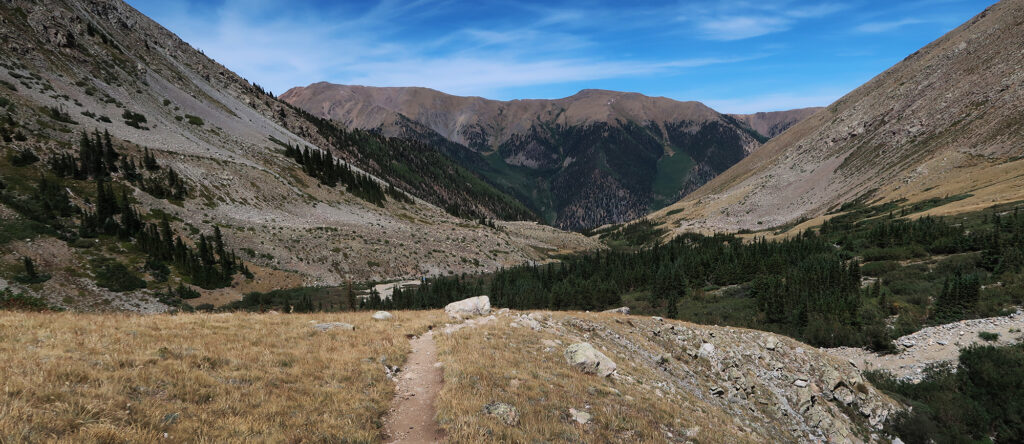August 20, 2023
Back to Missouri Basin
Six weeks after summiting Missouri Mountain, I was back at its eponymous trailhead for two more fourteener targets. Today’s objectives were Oxford and Belford, a classic Sawatch twofer. The forecast called for flawless weather, but the stats were still daunting: nearly 6000 vertical feet over 11+ miles.
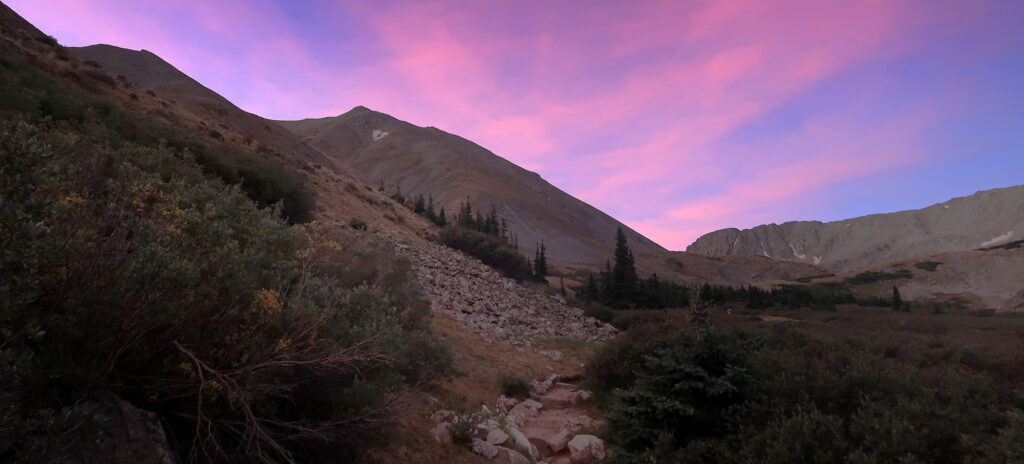
I began, well before dawn, up familiar switchbacks from the dirt road at 9,600′. It cut across a steep slope of aspens, knocking out the first 1000 vertical feet. The next stretch paralleled a stream, up toward Missouri Basin, past an abandoned cabin near the treeline. All this I had done before, en route to Missouri.
Roughly two hours into my day, I reached the fork in the road. Direct sunlight started to hit the tallest peaks. A weathered wooden sign denoted the turnoff for Oxford and Belford. This led me out of the basin, and up a steep bare slope.

Up the ridge to Belford
The most notable aspect of an outing on Oxford and Belford is simply the volume of effort. There’s nothing technical or particularly dangerous about the route. Nearby Missouri finishes off with a surprising amount of loose rock and exposure. But these two peaks are among the many gentle giants of the Sawatch Range. They’re not particularly handsome or charismatic summits. Nor are they dry lifeless piles of rocks like nearby Princeton is sometimes accused of being.
But volume they have. Up from the fork, following 2000 vertical feet of ascent through the lower basin, I was faced with even more vert—2500 feet—to Belford’s summit. The trail assaulted the peak directly, up a rocky ridge. It made use of ample, tiny switchbacks. There was some loose dirt and some talus. But it was mostly smooth sailing.

It was a sunny Sunday in late August, and yet crowds were nowhere to be seen. This was not Bierstadt or Quandary Peak. Oxford and Belford do not come cheap, nor do they afford the kind of “Class III” bragging rights to be found on Longs or Sneffels.
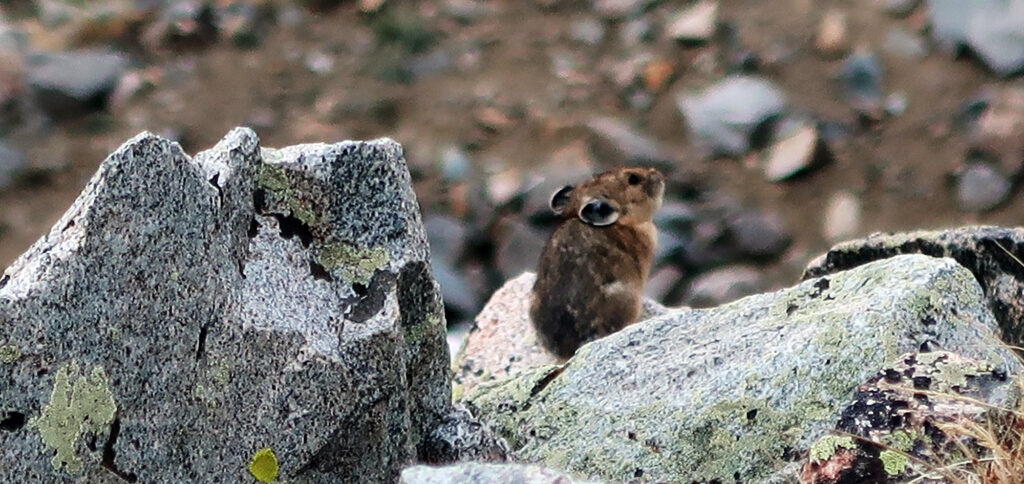
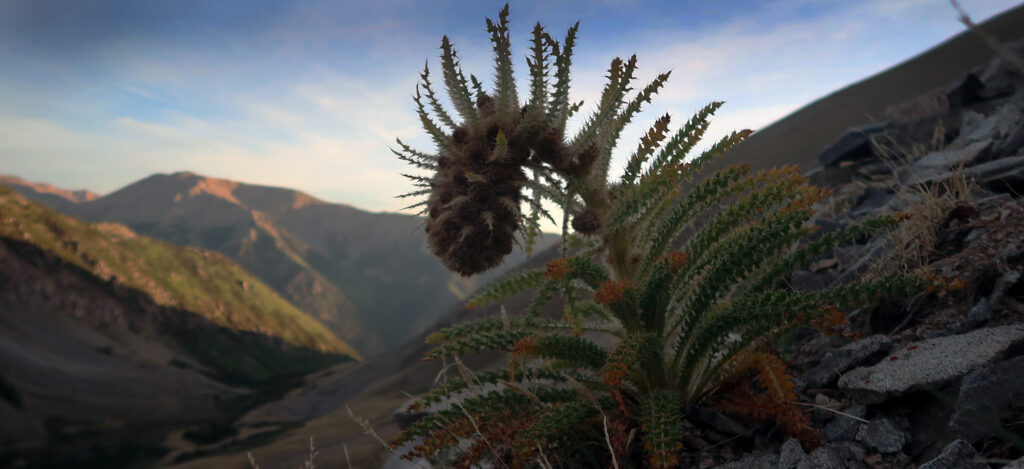
Summiting Oxford and Belford
A couple of hours later, I reached my first summit: Mount Belford. I had the summit pretty much to myself that morning. Across the basin, I saw the last vestiges of snowpack on the couloirs of Missouri Mountain.
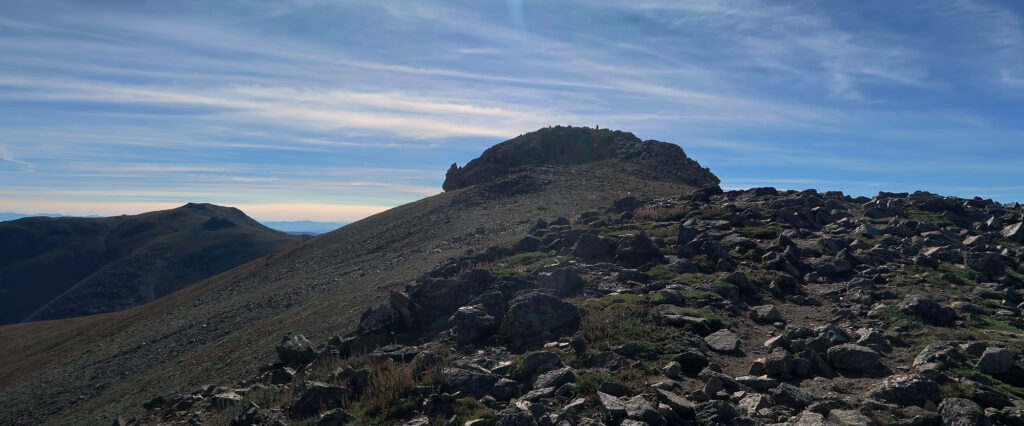

Then I continued over the far side, en route to the next target: Oxford. Steep dusty switchbacks led me down to the deep col between the two peaks. You give up a painful 600 vertical feet descending Belford. And it’s painful because you know each step needs to be retraced, in reverse, on the way home. No standard route leads directly to Oxford’s summit.
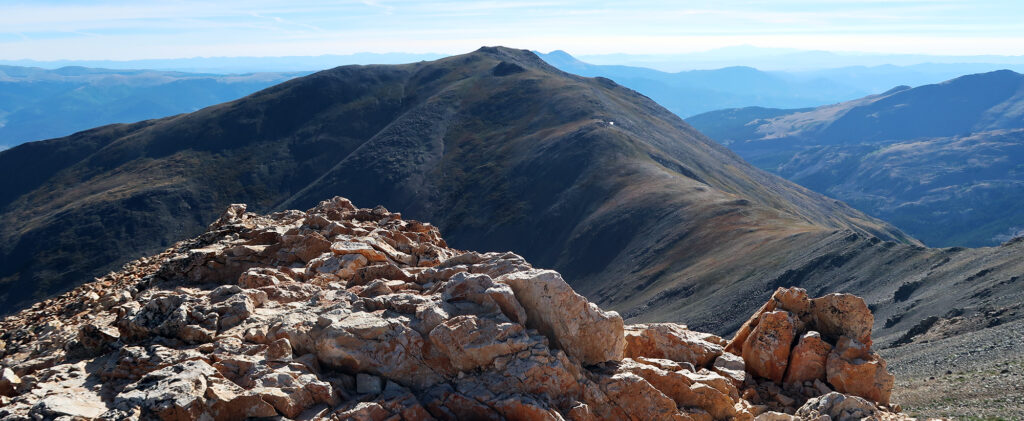
In contrast, the ascent to Oxford proved more gradual. The trail marched up a gentle, broad ridgeline. But it also added another 600 vertical feet to the day.

Mount Oxford is one of six “collegiate peaks” in the Sawatch Range of Colorado. All of them are ranked fourteeners. Harvard and Yale got their names first, during a survey led by Josiah Whitney, a Harvard Professor and Yale alumnus, of Mount Whitney fame. Soon after locals referred to other nearby peaks as Princeton and Columbia, and the trend had clearly caught on. Years later, Oxford would continue the tradition, though branching out to a UK institution in the process.
The long way home
Atop Oxford, it was breezy and quiet. I watched a half dozen other hiking parties (mostly pairs) inching across the traverse in both directions. I sat atop the peak, noting the curious number of bees buzzing about. Squeaking pikas also proved plentiful.
But soon it was time to face reality. I trudged down Oxford to the col between the two peaks and stared up at Belford, and its steep, rugged ascent.
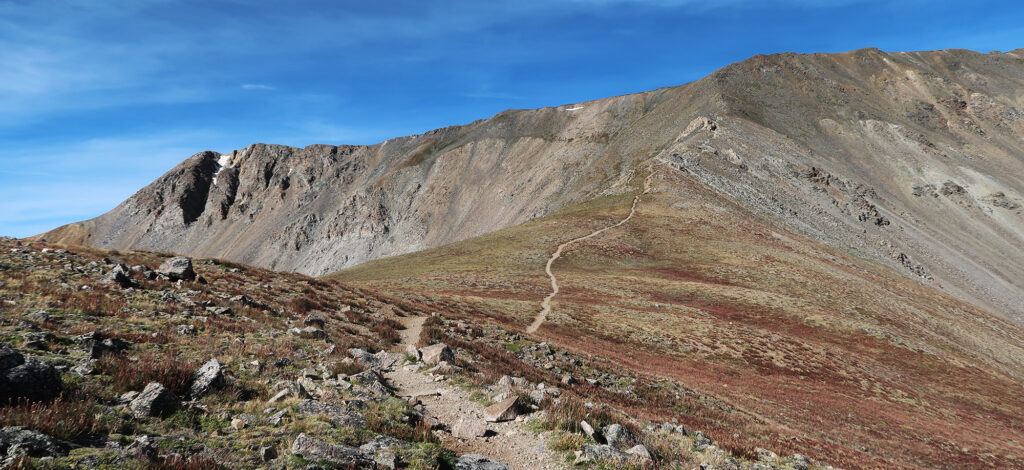
After a final round of huffing and puffing, I once again reached Belford’s summit ridge. The breeze felt particularly sweet, knowing all 5900 vertical feet of ascension were now behind me. I decided to take the “scenic” route down, looping around the back of the basin to Elkhead Pass.
Ramping down the gentle ‘side’ slopes of Belford, I came across a solo trail runner who looked rather fazed. We chatted and I learned he had made it up Missouri from the trailhead and most of the way towards Belford in just two or three hours. This was a shockingly impressive time, to me. But he had also just begun vomiting on the trail. So it was also a shocking experience for his body. While nowhere near as fit as him, I had pushed myself to a similar breaking point just a couple of weeks prior on Kit Carson. He was now agonizing over whether or not to try for Oxford.
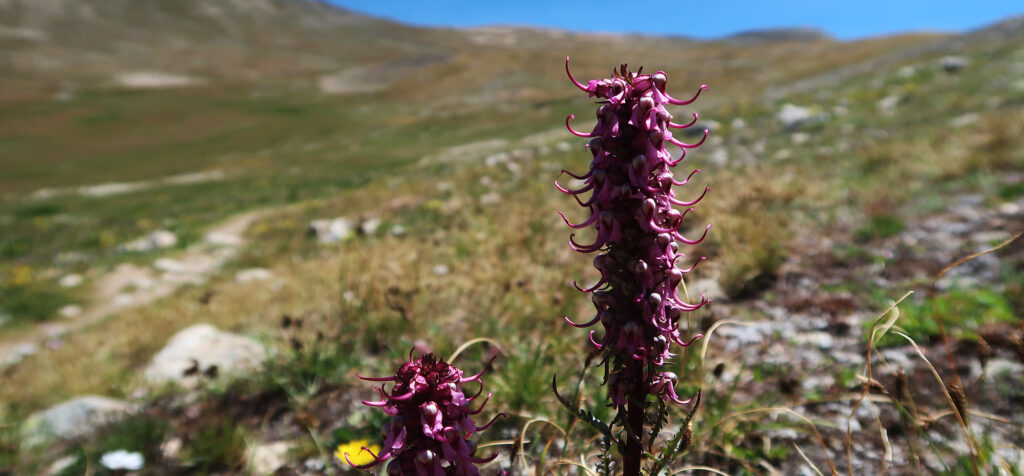
I wished him luck and continued downhill at my slower, heavier pace. I was in no rush that day, content with an early afternoon finish. It was blue skies and sunshine, and only small hints of fall had begun to creep into the high Rockies. Summer, at its fleeting apex, should be savored.
